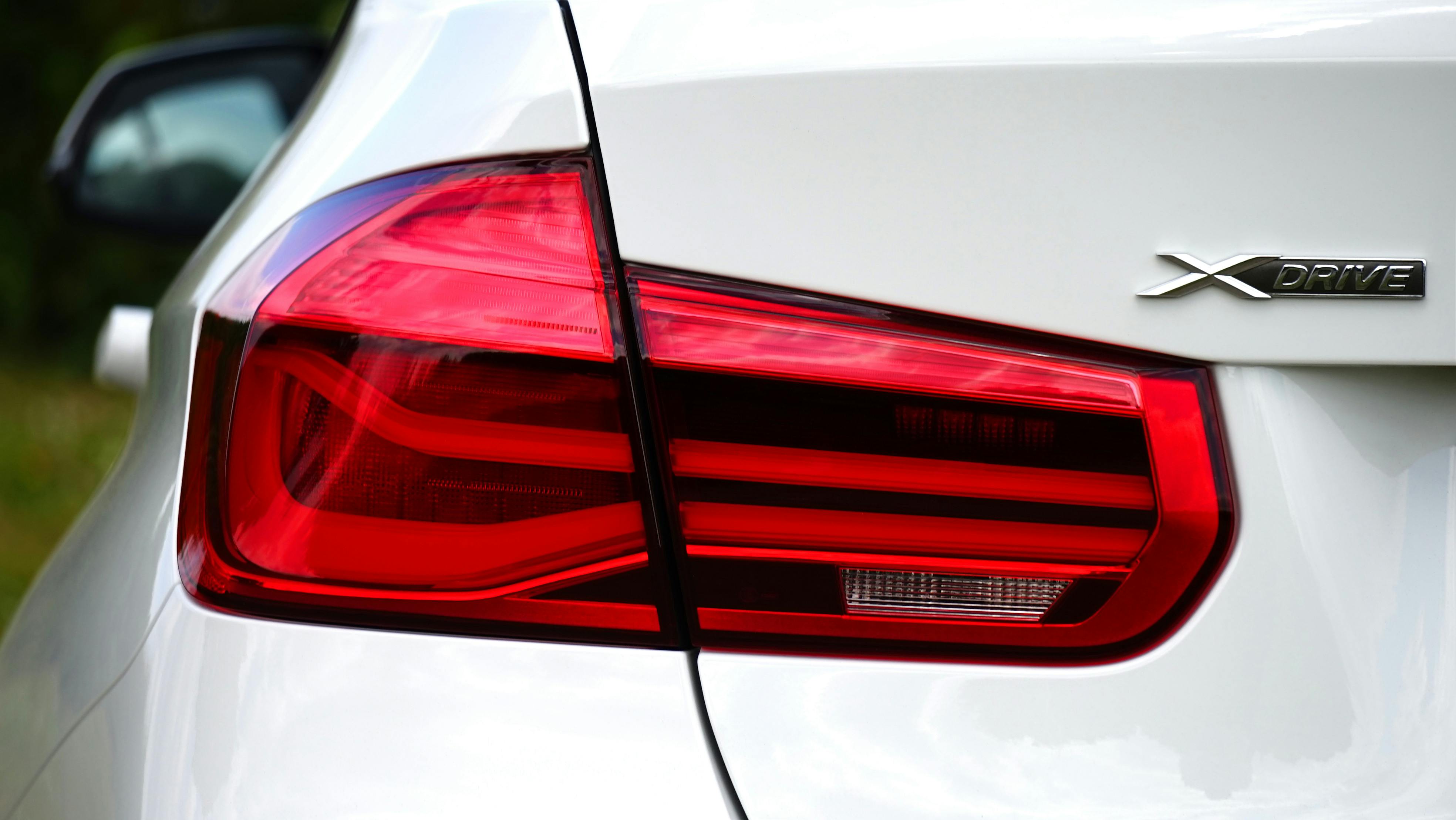Industrial forklifts fall into two categories: electric and internal combustion (IC). The types of forklift engines determine how the forklift operates, where it can be used (indoors or outdoors), weight capacity, and overall performance.
Powered by lead-acid batteries, several types of forklifts are electric: tire lift trucks, scissor lifts, order pickers, stackers, reach trucks, and pallet trucks. Electric forklifts are mainly used indoors on flat, even surfaces.
The initial cost of an electric forklift tends to be higher than most IC forklifts, but its annual fuel and maintenance cost becomes less expensive over time. Electric forklift batteries last 6 consecutive hours or during an 8 hour shift with 2 or 3 breaks. The charge of the battery determines the force of the lift: a fully charged forklift works at its maximum capacity, while a low charge slows down its performance. Warehouses and distribution centers that use electricity for more than 7 consecutive hours have an extra charged battery on hand. While electrics are easier to maintain than ICs, they are not recommended for continuous use for hauling loads over 15,000 pounds. The batteries prevent the emission of noxious fumes and are recommended for installations in the food processing and healthcare sectors.
Internal combustion forklifts run on fossil fuels such as gas, propane, and diesel. There are several types of IC forklifts: tire forklifts, rough terrain, scissor lifts, telescopic handlers, and boom lifts. IC forklifts are mainly used for outdoor applications.
Fuel from an internal combustion forklift powers the lift longer than an electric one (one LP tank = 8 consecutive hours) and can be recharged in less than 10 minutes. IC forklifts are more powerful than electric forklifts, but their emission of harmful gases (for example, carbon monoxide) is not ideal for indoor applications. However, LP forklifts can be used indoors with adequate ventilation and large aisles. IC forklifts have a better throughput rate than electric forklifts for high capacity loads over 20,000 lbs. Although the initial cost of internal combustion forklifts is lower than electric, these forklifts require more routine maintenance and higher fuel prices.
With skyrocketing gasoline prices and the “Go Green” movement, forklift brands like Toyota, Mitsubishi, Linde and Yale are developing fuel alternatives in an effort to build a “green forklift” that reduces carbon footprint of the industrial sector. The development of natural gas and hydrogen fuel cells has been his main objective for the last three years.
In 2010, the BMW Manufacturing Company first announced that it was working with forklift brand manufacturer Linde to develop hydrogen forklifts and hydrogen refueling stations to operate its forklift fleet. After just two years, the BMW Sports Vehicle plant in Spartanburg, South Carolina now employs more than 100 hydrogen-powered forklifts.
Popular grocery stores Whole Foods, Walmart and Wegman’s have also reported the use of hydrogen cell forklifts. Since 2010 was a great year for hydrogen forklifts, why aren’t these forklifts distributed to local forklift dealers to sell to small and medium-sized businesses? Are green forklifts too expensive for the average citizen? While these brand manufacturers continue to experiment with hydrogen fuel cells, other brands are thinking on a smaller scale. Hyster, one of the most popular manufacturing brands, is redesigning its current models to reuse energy and reduce smoke emissions.
Both internal combustion and electric forklifts are vital components in warehouses, construction sites and distribution centers. To determine which type of engine is best suited for your facility, it is recommended that you compare the price quotes and services of 3-4 forklift dealers.
